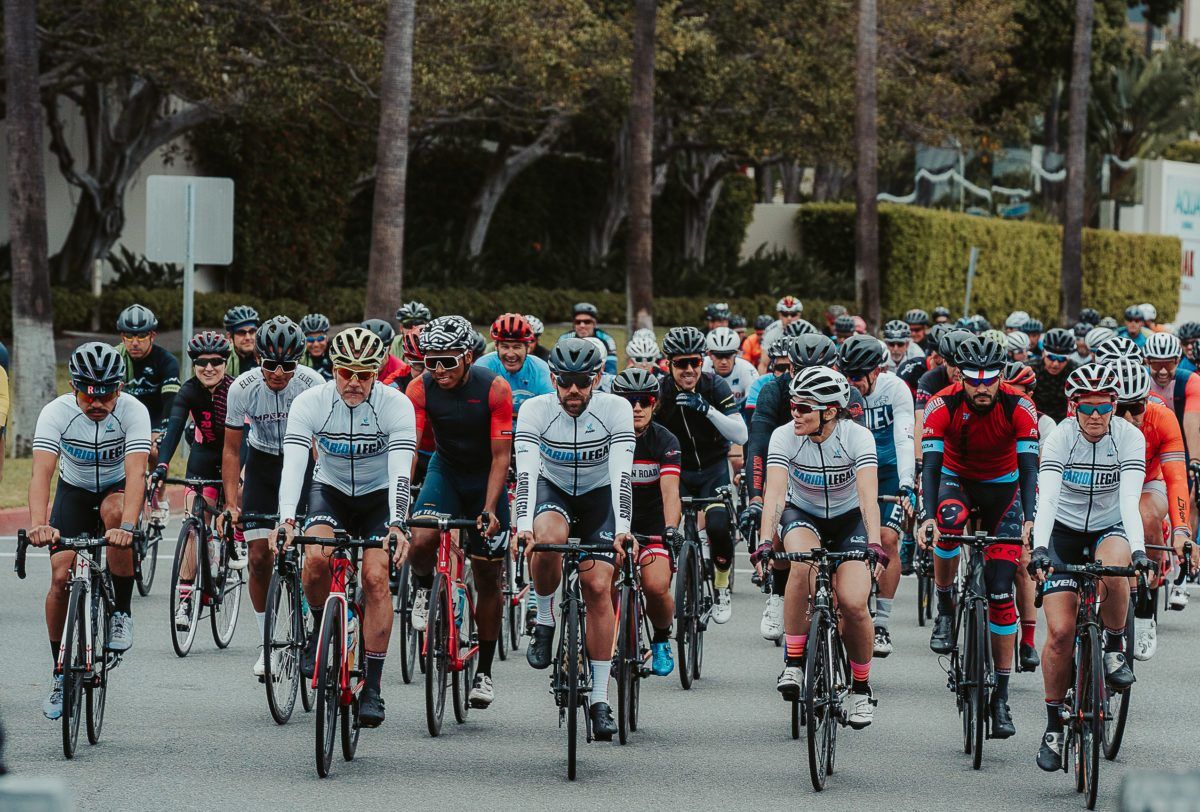Shelly Overton, a 37-year-old female in Orange County, California, decided to go for an afternoon bike ride to unwind after a stressful day at work in January of 2018. She went on her normal route, heading toward the Huntington Beach Bike Path, where she could ride for a few miles along the coastline. Unfortunately, she never made it to the beach that day.
Shelly was riding in the bike lane when a car pulled out of a home’s driveway and backed into her. In a split-second, she felt the impact and was thrown off her bike and into the street. The driver stopped and jumped out of his car immediately. He ran over to check on her.
Shelly was shaking from the adrenaline rush and quickly replied that she thought she was okay. However, when she tried to stand up, she felt a shooting pain in her ankle. It was at that point that she looked at her bike and realized the frame was bent out of shape. What should she do next? And what should you do if you are ever to get in a bike accident?
The steps you take on the scene of an accident are very important, especially if your case ends up in court. Your actions will determine if you can get a settlement or not and whether it is for the full amount you deserve. Being so, here is what you need to know.
1. Get Off the Road Immediately
Shelly did the first thing everyone should do when they are in an accident, get off the road. The road is the most dangerous place to be as you can be further hurt by passing traffic. Although it can be a very shocking experience, do what you can to move out of the way as soon as possible. If someone is severely hurt, such as a head or neck injury, and cannot be moved, call the ambulance immediately and ensure you divert traffic to prevent any further impact.
2. Gather Evidence
If you have your smartphone, take pictures of the accident scene including the other person, their vehicle (particularly the license plate), your injuries, the location, any skid marks on the ground, etc. If you have a Garmin or cycling computer, ensure it is not left behind as the data on it can be very useful for figuring out the exact time and location of the accident, as well as how fast you were going.
It’s crucial to take pictures right away because you never know what the other person is going to do (e.g. try to take off and escape liability). However, do so quickly as you need to contact the police promptly as well.
3. Call the Police
As soon as all parties are out of the way of traffic and you have gathered your basic evidence, call the police. The other person may urge you not to involve the authorities but doing so will protect your interests in the future. When the police arrive, they will make an official report of the situation. This will give an unbiased statement from a trusted third-party which is key to any court case.
4. Call an Ambulance, Friend, or Family Member
If an ambulance was not called initially but a person involved in the accident is injured, a friend, family member, or ambulance should be called to pick them up. When a person is hurt or went down hard, they should never get back on the bike to ride home.
5. Look for Witnesses
Look around to see if anybody witnessed the accident. If so, collect their information including their full name, address, and phone number. Also, ask if they have any pictures or videos of the accident and if they can send them to you. Witnesses are helpful to determine what happened and can be key to winning a case.
6. Exchange Information
You will also need to collect the information from the other person or people involved in the accident. Ask for their name, phone number, address, and insurance information. If the person took off after the accident, immediately write down any details you can remember about them and/or their vehicle.
7. Document Injuries
All injuries should be well documented, starting with taking photos at the scene of the accident. After the accident, be sure to keep records of every appointment with your doctor and the reports about the diagnosis and treatment.
8. Seek Legal Advice from a Cycling Law Firm
Lastly, it’s a good idea to seek legal advice from a law firm that specializes in cycling. Many people don’t know the laws and may end up paying out-of-pocket for their damages. You should never pay when you were the victim of an accident. A cycling attorney will identify what you’ve lost and can help you along the path to a full (as possible) recovery.
If you have been in an accident and would like to talk to a legal professional who specializes in the cycling, contact Sariol Legal at 1-866-800-9399 or www.sariolcycling.com















